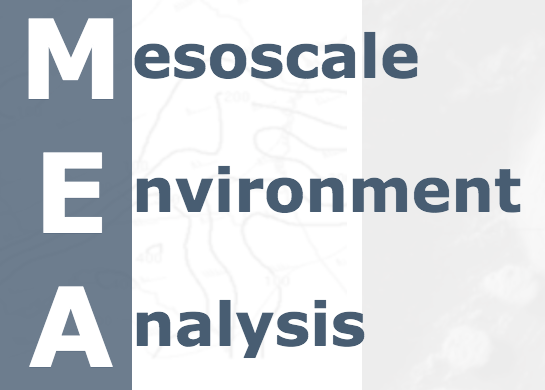Lecture 1 - Basic Ingredients
In this section, Kim Runk introduces Ariel Cohen and the Forecasting Organized Severe Storms video lecture series. Ariel contextualizes the role of deep, moist convection in instability mitigation as a part of the evolving global circulation. He addresses the ingredients and representing parameters for organized, severe convection, and identifies how we can leverage meteorological datasets to assess the convective environment. Special attention is placed on understanding vertical motion and how it can be inferred from chart analysis.
